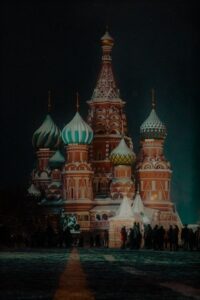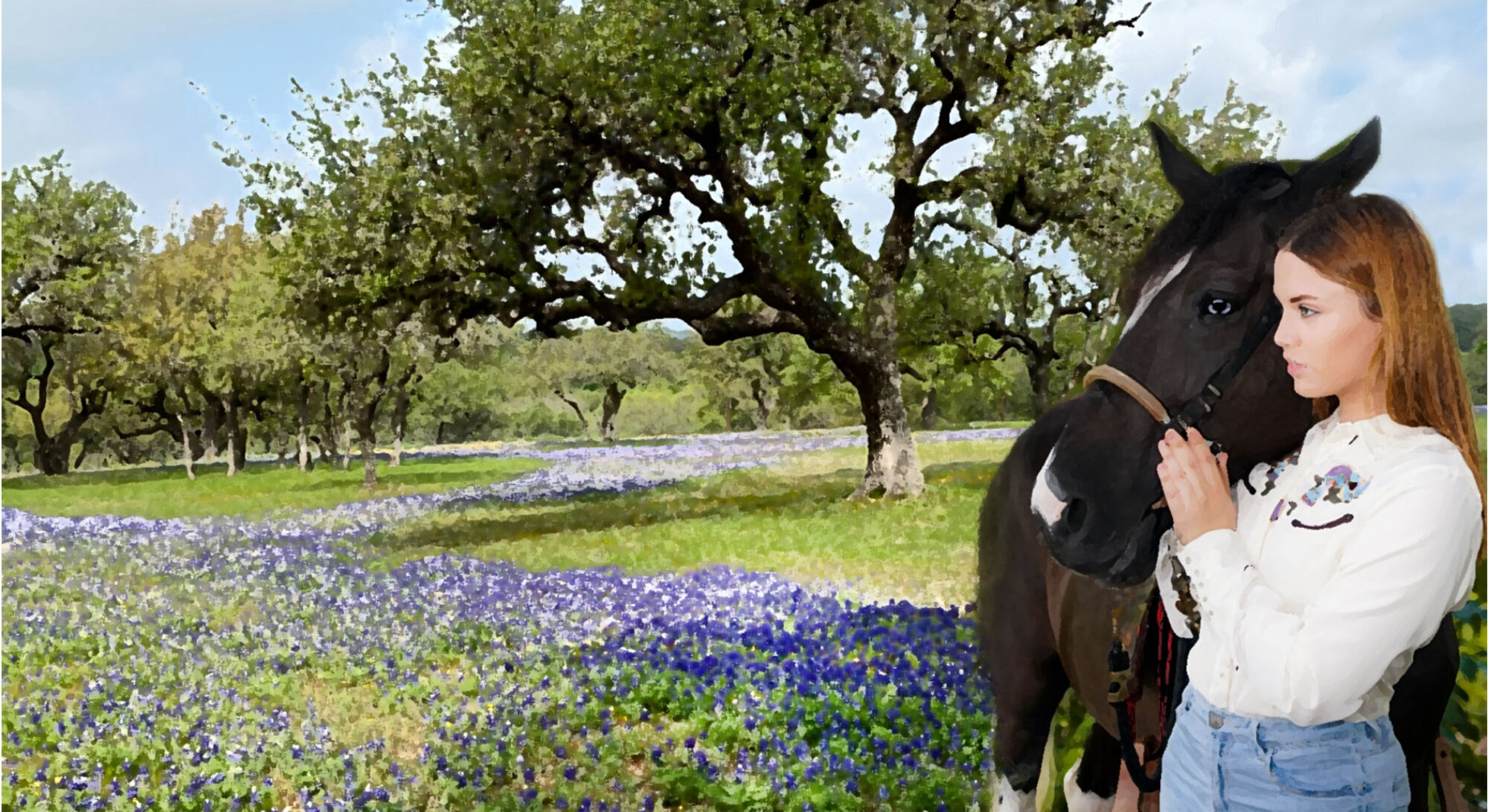 Unprovoked invasion of the Ukraine democracy by Russia continues to grind on. Death and destruction rain down on Ukrainians every day. It is difficult to watch on TV. It’s hard to believe that any one person has the power to cause so much misery to so many innocents, the aged and infirm, women and little children and the brave men both young and old. I can’t understand why any ruler would deliberately choose to do so. And daily, this man overtly threatens each and every citizen of the world, including his countrymen, with his nuclear arsenal. Meanwhile, the majority of Russian citizens deny the horror. They get to see little of the truth. State media propaganda deliberately dupes its citizenry. While this man holds power, it’s apparently safer (at least in the short term,) for the populace to go along.
Unprovoked invasion of the Ukraine democracy by Russia continues to grind on. Death and destruction rain down on Ukrainians every day. It is difficult to watch on TV. It’s hard to believe that any one person has the power to cause so much misery to so many innocents, the aged and infirm, women and little children and the brave men both young and old. I can’t understand why any ruler would deliberately choose to do so. And daily, this man overtly threatens each and every citizen of the world, including his countrymen, with his nuclear arsenal. Meanwhile, the majority of Russian citizens deny the horror. They get to see little of the truth. State media propaganda deliberately dupes its citizenry. While this man holds power, it’s apparently safer (at least in the short term,) for the populace to go along.
I have never been to Ukraine. I have visited Russia twice, the first time while it was still part of the Soviet Union, travelling with a small tour group sponsored by a U.S. education association. We toured St. Petersburg and flew to Moscow where we spent a few days and boarded the Great Siberian (aka the “Siberian Express”) for the train trip across most of the Soviet Union.
Moscow was grim, the weather cold, overcast and often rainy in early September. Outdoor lighting was poor. What few ugly automobiles we saw sported very dim headlights. Muscovites were visibly subdued… cowed. It was obvious that we were Americans. Russians watched us, but only when other Russians could not see that they did. I assume they were curious about fashion, attitudes and demeanor. We were advised before the trip to tone down wardrobes, to dress plainly, but still the contrast was marked. We wore bright colors while all but a very few Russians dressed in dark colors. If nothing else, our dental work and shoes proclaimed us as American. Some Russians sported steel teeth. Most wore dreadful shoes.
Commuters packed municipal buses. Those located near grimy, mud-spattered windows stared at us, but not in any malevolent sense. They were curious, and if an official happened to see them watching us, the transport was usually gone before the offender could be pulled aside and disciplined.
We made stops along the way: Novosibirsk, Irkutsk, Lake Baikal, Khabarovsk, stopping short of Vladivostok, a closed military city. The further away we travelled from Moscow, the center of government, the more relaxed the populace appeared. A few bold citizens even dared ask us about America. Black market traders routinely infiltrated our group and urged us to trade dollars for rubles. They wanted to bargain. “I give you two for one.” We reminded them that it was illegal for us to trade dollars for rubles, but they persisted. “I give you three for one.” They wanted to buy our clothing, especially jeans that they could resell at a profit. I gave ballpoint pens and makeup items as tips: eye shadow, lipstick, nail polish, etc. My roommate had previously visited the Soviet Union and generously gave articles of clothing as tips after wearing them. Recipients were exceedingly grateful. If the item didn’t work for them, they could sell it.
We traveled “first class” on the train along with military officers and a few other Russians. Most natives travelled in a lesser class, “steerage” as we unkindly referred to it. Before I left home, I had set rules of behavior for myself, wanting to make it safely out of the country at tour’s end. My single defiant act against Communism was to take colorful American magazines with me and leave them on the train where Russians could snag them and read them: TIME MAGAZINE and BON APPETIT and BETTER HOMES AND GARDENS.
We were fed well: dark hearty bread, kasha, pierogi, fried steak, squid and octopus salad, beet and cabbage borscht, caviar and vanilla ice cream. However, what little food shopping we saw was bleak. At the massive department store GUM, the only food for sale seemed to be canned fish and dried pasta. Tiny street corner kiosks offered cabbages and small green apples. We toured one open air market somewhere deep in Siberia that offered a variety of foods. Vodka was always available on the train or at the hotels. The beriozkas (state run retail stores) sold flavored vodkas, Russian Champagne, chocolates and tinned Iranian caviar. We referred to them as “dollar stores” since their purpose was to secure desired American dollars… hard currency to be used in trade with foreign countries. Most Russians were not allowed to shop at beriozkas, only foreigners and high-ranking party members with access to dollars.
On the whole, the Soviet populace lived spartan lives… existing on adequate calories, but their diets were nutritionally inadequate and uninspired unless they raised their own produce or livestock.
Chocoholic and I visited St. Petersburg on a cruise a few years ago. I found it markedly changed, at least superficially. Western businesses had finally been allowed to set up shop. Storefronts sported familiar names and logos, but there were still glaring remnants of the old Soviet Union, work habits in particular. In many instances work still moved slowly, if at all, but the port moved much as a western port… all business, the forklifts in constant motion.
Judging by recent TV news from Russia, things appeared to have changed even more drastically. Luxury and high-end cars sported bright headlights. Cities were well-lighted, and shops were teeming with quality goods. The populace was fashionable and colorful. Life appeared to be vibrant.
It makes no sense to me why anyone would want to return to the so-called “glory” of the grim old Soviet Union, risking isolation and ruination of his country so as to take over a small but fierce democracy that thus far refuses to be overtaken.

